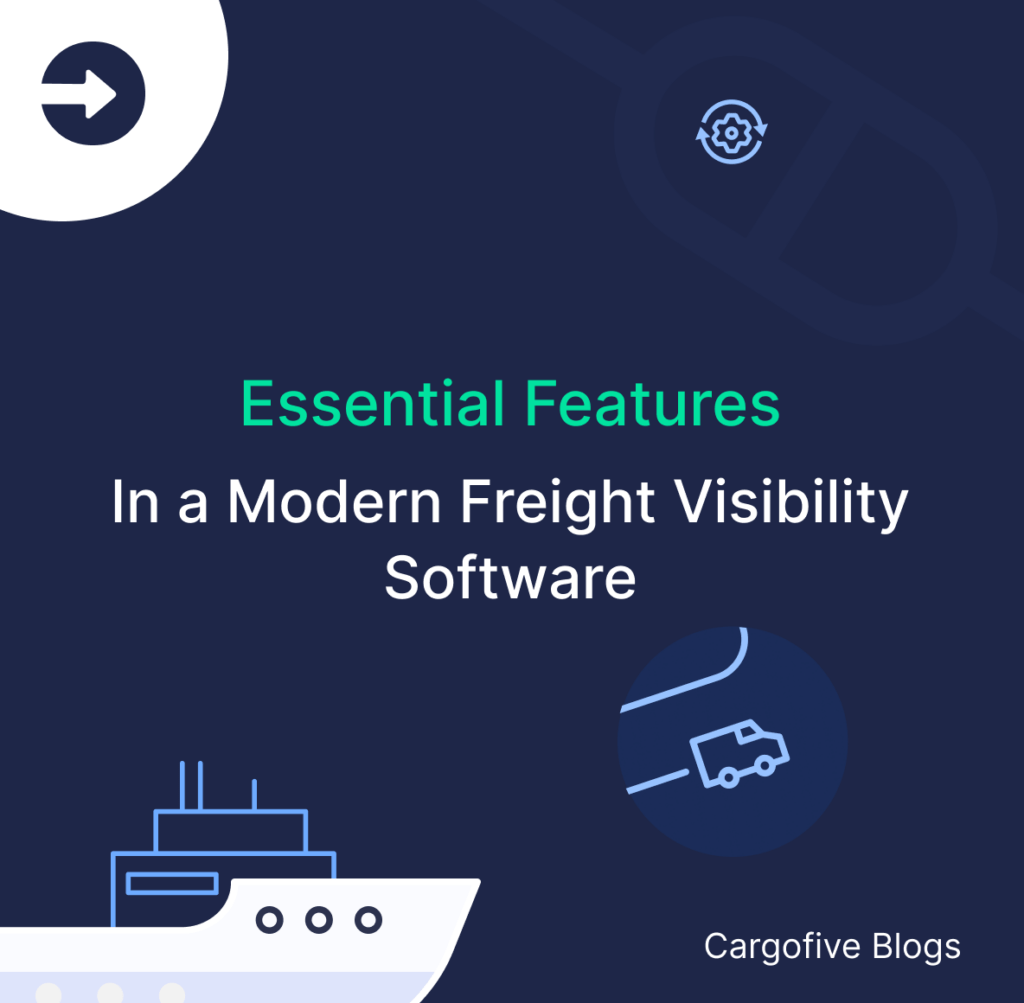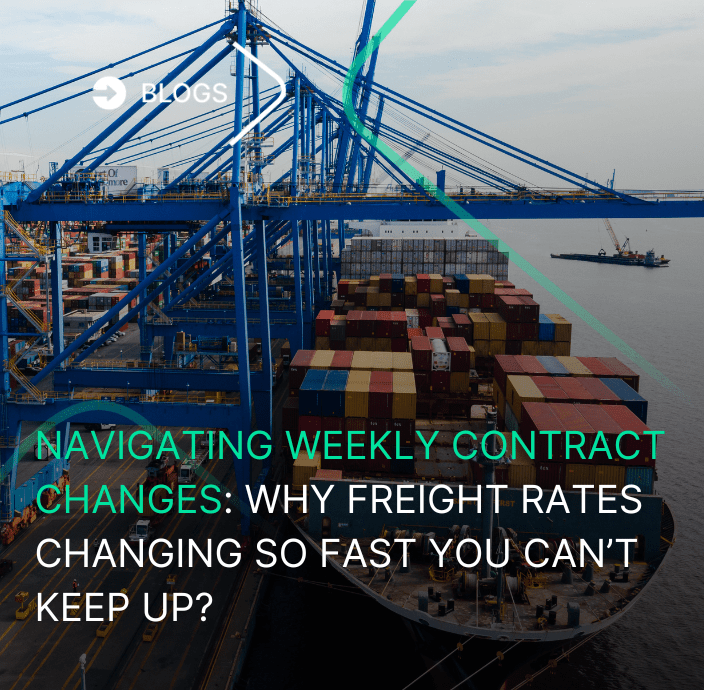Over the past years, there has been a remarkable increase of digital freight forwarders. It is the result of the imminent need for digital transformation that has been growing in the logistics industry. But, what is actually the difference between traditional and digital freight forwarders? Let’s find out.
It has been a while since the international logistics industry started embracing technology to optimize its processes. In fact, a recent survey by LogisTIcs revealed that 92% of the industry experts consulted believe that digitization will add value for freight forwarders. This is a big deal considering it is a very traditional type of business, that has still old-fashioned ways of doing everything.
For a long time, all freight forwarders’ processes remained practically the same way. But, with the arrival of the new digital era, many entrepreneurs saw the opportunity to take the traditional workflow to a new and modern one. That’s where the digital freight forwarders were born.
So, what is the difference between traditional and digital freight forwarders?
We could talk about a long list of differences between traditional and digital freight forwarders, but for now, we decided to focus on those that we believe are the most important ones.
1. Contact: Nowadays, customers need to be able to reach the company they are buying to in no time. They want faster answers to their questions, they want to be heard – or read – right at the moment they are making a buying decision.
Digital freight forwarders understood this very well, so they have included digital tools in their websites to allow people to get in touch with them quicker. Most of them have online chats, for instance, as well as contact information visible at their site and social media presence. This helps to improve the communication flow and to answer in a short time. On the other hand, to reach a traditional one to solve some questions may be a little bit more complicated since most of them don’t have such a big online presence, nor they give short time answers to their customers.
2. Buying experience: Customers also expect to have better experiences when they are buying. They want to get the best quote and shipping service effortlessly, and they want it now. This is probably the main difference that highlights digital freight forwarders from traditional ones. Having all-digital processes and tools allows them to offer:
- Instant quotes, or at least the option to request them online and receiving a short time answer afterward.
- Transparent pricing, because customers can actually see the breakdown of all the costs involved in their shipments.
- The opportunity to compare rates and carriers, so that customers can choose the ones that suit them the best.
3. Tracking: Being able to access an online platform to buy and manage freight services allows people to keep a better tracking of the shipments. Digital freight forwarders have notification systems and are offering a better visibility to help clients to always know in first hand what is going on with their cargo. This is something traditional ones struggle to do. Most of them don’t offer a tracking system, so customers don’t really know the status of freights unless they call in several times to ask.
4. Documentation: Digital freight forwarders offer the option to share all the documents needed in every freight within their online platforms. This makes it easy for everyone involved to have a quick access to them when needed and to have it all organized in one place. On the other hand, traditional freight forwarders usually have to look into several emails to find the right documentation for each freight, which causes delays in many cases.
In other words, digital freight forwarders are mainly leaning on technology to be more efficient and to offer a better customer experience, which is giving them a lot of profit too. Only in 2017 Flexport, a digital freight forwarder, handled 80.000 TEU.
Traditional forwarders only have to pivot a little bit towards digitization to be right back on the market’s race. If they don’t, they may be left out sooner than you’d think. Fortunately, there are already solutions, like Cargofive, to help them take that first step into automating essential processes as it is quoting. There are no more excuses, it is time to make freight forwarders go smarter!
AUTHOR



